When it comes to preparing for the unexpected, one truth is universal: water is life. Whether you’re facing a natural disaster, planning an off-grid adventure, or simply ensuring your family’s safety in uncertain times, the ability to access and purify water is paramount.
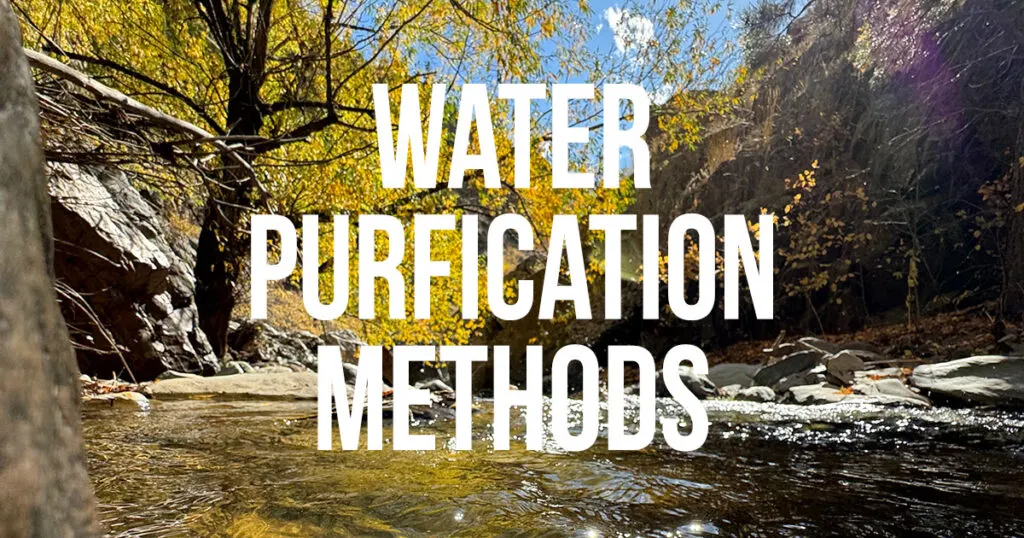
In this blog post, we delve into the world of water purification, exploring a spectrum of methods and tools that span from ancient techniques to cutting-edge technology. I’ll guide you through primitive water purification practices that utilize nature’s resources, discuss the convenience and efficiency of modern portable devices designed for individual use, and more.
How Water Can Become Unsafe: Understanding Contamination Risks
Understanding these diverse methods is crucial, as each one offers unique benefits tailored to different scenarios. Whether you’re boiling water over a campfire, using UV light to sterilize your drinking supply, or setting up a whole-house filtration system, the goal remains the same: ensuring that every sip of water is as safe and clean as possible. So, let’s dive into the life-saving details of water purification, equipping you with the knowledge to stay hydrated and healthy, no matter what challenges you may face.
You may click on any of the links in this list to quickly jump to that section.
- How-To Purify Water Without a Filter
- I have a deep well, should I care about water purification?
- Are there tools to test my water?
- I’m on city water and it got cut off, what now?
- Primitive Water Purification Techniques for Survival Situations
- Essential Tools for Water Purification in the Wild
- Industrial and High-End Water Purification Systems for Your Home
- Building Your Emergency Water Purification Kit: Top Tools for Preparedness
There are affiliate links on this page and website.
Purification of Water Without a Filter Using Calcium Hypochlorite
View the full blog post on this method: How-To Purify Water Without a Filter
- Objective: The process focuses on disinfecting and purifying water without reliance on conventional filtration systems, utilizing calcium hypochlorite as a primary agent due to its long shelf life and effectiveness in neutralizing pathogens.
- Chemical Basis: Calcium hypochlorite, a compound with potent oxidizing properties, serves as the active ingredient. When dissolved in water, it yields an effective disinfectant against bacteria, viruses, and protozoa.
- Preparation of Disinfectant Solution:
- Materials Required: Calcium hypochlorite and clean, sediment-free water.
- Process: Dissolve 1 gram (approximately 1/4 teaspoon) of calcium hypochlorite in 1 gallon of water to create a bleach solution, optimal for immediate use within 24 hours for maximum efficacy.
- Application for Water Purification:
- Standard Dosage: For general purification, add 8 drops of the prepared bleach solution to each gallon of water to be treated. Allow the mixture to stand for at least 30 minutes, ensuring the destruction of pathogens.
- Adjusted Dosage: In cases of highly contaminated or cold water, the dosage is increased to 16 drops per gallon to compensate for reduced disinfection efficiency.
- Post-Treatment Adjustments:
- Smell Test: Confirm effective disinfection by the presence of a slight chlorine odor. Absence of the smell may necessitate an additional dose.
- Taste Improvement: To mitigate the residual chlorine taste and adjust pH, add 1/4 teaspoon of sodium bicarbonate (baking soda) per gallon of treated water.
- Advantages Over Traditional Bleach: This method underscores the preference for calcium hypochlorite over sodium hypochlorite (liquid bleach) due to the former’s extended shelf life (up to 10 years), making it more suitable for long-term storage and emergency preparedness.
I have a deep well, should I care about water purification?
Having a deep well can provide you with a more protected water source compared to surface water, as the depth often shields the water from many contaminants. However, it is not completely immune to pollution. Here are some reasons why you might still consider water purification for a deep well:
- Groundwater Contaminants: While deep wells are less susceptible to contamination from surface activities, they can still be affected by substances like heavy metals (such as lead and arsenic), certain minerals (like fluoride and radon), and nitrates/nitrites, which can seep into groundwater.
- Microbial Pathogens: Bacteria, viruses, and parasites can sometimes find their way into a well, particularly if it’s been compromised by cracks, a faulty seal, or after flooding.
- Chemical Runoff: Agricultural runoff, industrial spills, or improper disposal of chemicals can lead to contamination of groundwater.
- Maintenance and Construction Issues: A well’s integrity can be compromised by poor construction, lack of proper maintenance, or damage over time, leading to contamination.
- Natural Disasters: Events like earthquakes and floods can introduce contaminants into well systems that were previously safe.
- Regulatory Standards: Private wells are not regulated by the Environmental Protection Agency (EPA), so it’s up to the well owner to regularly test and treat the water to ensure it meets health standards.
Are there tools to test my water?
Yes, there are several tools and kits available for testing your water, especially if you’re relying on a private well or another source that is not regulated by municipal authorities. Here’s a rundown of some common water testing options:
Basic Water Test Kits
These kits are readily available at hardware stores or online and can test for a variety of common contaminants, such as:
- pH levels
- Hardness
- Nitrates and nitrites
- Chlorine levels
- Bacteria presence
- Lead
- Pesticides
They usually come with strips that change color according to the presence and concentration of specific contaminants. You compare the strip to a color chart provided with the kit to determine the levels of different substances.
Digital Water Testers
These are electronic devices that can provide a more precise measurement of certain water quality indicators like pH, total dissolved solids (TDS), and sometimes even specific chemicals. They are typically more expensive than basic test kits but offer more accurate readings.
Mail-In Testing Services
For a comprehensive analysis, you can collect samples of your water and send them to a professional laboratory. They can test for a wide range of potential contaminants, including bacteria, heavy metals, organic compounds, and others that may require more sophisticated detection methods. This is often considered the most accurate way to test water quality.
Water Testing Meters
These meters are more advanced and can provide instant readings for specific contaminants. Some are designed for home use and can measure things like TDS, pH, and conductivity. Others are more specialized and may be used by professionals to detect specific chemicals.
County Extension Offices or Local Health Departments
Sometimes, these local resources offer water testing services or test kits for residents. They can also provide advice on what particular contaminants you should test for based on local water quality issues.
Test Strips for Specific Contaminants
If you’re concerned about a specific contaminant, such as lead or pesticides, you can purchase test strips designed to detect only that particular substance.
Radon Test Kits
Since radon is a radioactive gas that can contaminate water and is a risk factor for lung cancer, specific radon test kits are available for testing your water if you live in an area where radon is a known problem.
Bacteria Test Kits
These kits allow you to test for coliform bacteria, which are a common indicator of sanitary quality in drinking water.
I’m on city water and it got cut off, what now?
If your city water supply is interrupted, it can be due to various reasons such as maintenance work, infrastructure failure, natural disasters, or other emergencies. Here are steps you can take to ensure you have access to water:
Immediate Actions:
- Check for Notices: Sometimes, the city will send out notices about planned interruptions. Check your local government or utility’s website or contact them for information.
- Use Your Reserve: If you’ve prepared for emergencies, you might have bottled water stored. The CDC recommends storing at least 1 gallon of water per person per day for at least three days for drinking and sanitation.
- Collect Water: If there’s advance notice, fill bathtubs, sinks, and other containers with water. This water can be used for flushing toilets or for sanitation purposes.
- Water Heater: Your home’s water heater can be a source of potable water. Turn off the power to the unit, close the incoming valve, and use the spigot at the bottom to collect water.
- Toilet Reserve: The tank (not the bowl) of your toilet often holds a couple of gallons of clean water that can be used in an emergency.
Longer-Term Solutions:
- Rainwater Collection: Setting up a rainwater collection system can provide a supplementary water source.
- Water Purification: Have on hand water purification methods found in this post.
- Portable Water Containers: Keep large water containers that you can use to transport water from a community center or emergency water distribution site back to your home.
- Alternative Sources: Identify alternative water sources nearby, such as rivers, lakes, or a neighbor’s well. Remember, water from these sources may need to be purified.
Primitive Water Purification Techniques for Survival Situations
In the face of an emergency or in a survival scenario, one of the most critical skills you can possess is the ability to purify water. Without access to modern infrastructure, knowing how to clean and purify water using primitive methods can mean the difference between life and death. Here are some time-tested, primitive water purification techniques that anyone can use in the wild or during a disaster.
Boiling: The Gold Standard of Water Purification
Boiling is the simplest and most effective method to purify water. When you boil water, you kill nearly all harmful pathogens present, including bacteria, viruses, and protozoa. The process is straightforward: bring the water to a rolling boil for at least one minute. If you’re at altitudes above 5,000 feet, extend the boiling time to three minutes due to the lower boiling point of water at higher elevations.
Solar Water Disinfection (SODIS): Harnessing the Power of the Sun
SODIS is a method that uses solar energy to disinfect water. Fill clear plastic bottles with water and place them under full sunlight for at least six hours. The ultraviolet radiation, along with the thermal treatment from the sun’s heat, works to eliminate pathogens. This method is ideal in sunny climates and requires minimal resources.
Sedimentation: The Art of Patience
Sometimes the simplest way to start purifying water is by letting nature take its course. Sedimentation involves letting heavy particles in the water settle to the bottom naturally. After some time, you can gently collect the clearer water from the top. This method is often used as a preliminary step before further purification.
Sand and Charcoal Filtration: A DIY Filtering Solution
Creating a makeshift filter using layers of sand and charcoal can significantly improve water quality. The sand acts as a physical filter, trapping particulates, while the charcoal helps in removing certain chemicals and pathogens. This method won’t make water completely safe for drinking on its own but can be used before boiling or chemical treatments.
Cloth Filtration: A Quick Pre-Filter Option
In situations where you need to remove large sediments quickly, a piece of cloth can serve as an effective pre-filter. Pouring water through a clean cloth can help eliminate larger particles and some pathogens. It’s a quick step to prepare water for finer purification methods.
Natural Plant Filtration: Living Filters
Certain aquatic plants, such as cattails and reeds, are natural water purifiers. These plants absorb contaminants from the water, acting as living filters. In a survival situation, funneling water through a dense patch of these plants can help reduce pollutants.
Essential Tools for Water Purification in the Wild
When venturing out or preparing for emergency situations, having the right tools to purify water is as important as securing the water itself. Modern tools and equipment designed for water purification are compact, efficient, and easy to use. Here’s a rundown of some basic, yet indispensable tools and equipment that should be part of any survival kit.
Portable Water Filters: Your On-the-Go Purification Companion
Portable water filters are a must-have for any outdoor adventurer or survivalist. These come in various forms, such as handheld pump filters, soft bottle flasks, and straw-style filters. They are designed to remove harmful organisms like bacteria, protozoa, and sometimes even viruses. Lightweight and easy to pack, these filters are ideal for individual use and can provide immediate access to clean water from streams, lakes, or any freshwater source.
Chemical Disinfectants: The Quick Fix to Waterborne Pathogens
When you need a quick and effective method to make water safe to drink, chemical disinfectants are the answer. Iodine or chlorine tablets and drops are widely used for their ability to kill bacteria and viruses. They are small, easy to carry, and can treat large volumes of water. However, they do have a waiting period for effective disinfection and may leave a slight taste in the water, which can be a trade-off for ensuring water safety.
UV Light Pens: The High-Tech Purifier
UV light pens are a marvel of modern technology in the realm of water purification. These portable devices emit ultraviolet light that destroys the DNA of bacteria, viruses, and protozoa, rendering them harmless. They are particularly useful as they don’t introduce any chemicals into the water and work quickly. However, they do require battery power, so it’s important to keep spare batteries on hand or opt for models that can be charged via USB.
Survival Straws: Personal Filtration for Immediate Use
Survival straws have gained popularity for their simplicity and effectiveness. These straws have built-in filtration systems that can remove pathogens and contaminants as you drink directly from a water source. They are incredibly lightweight and are an excellent addition to any personal emergency kit. While they are great for individual use, they are not the best option for purifying water for cooking or for multiple people.
Ceramic Filters: The Robust and Reusable Option
Ceramic filters, which are often used with a hand pump, provide a reliable way to purify water. The small pores in the ceramic material can filter out bacteria and protozoa. Some ceramic filters are also treated with silver, which acts as a bacteriostatic agent to prevent the growth of mold and algae within the filter. They are durable and can be cleaned and reused multiple times, making them a sustainable choice for regular outdoor activities.
Useful Water Purification Systems for Your Home
Clean water is a cornerstone of healthy living, and for those looking to ensure the highest quality water in their homes, industrial and high-end water purification systems offer unparalleled performance.
Countertop Gravity-Fed Water Filter Systems: The Convenient Purifier
For those seeking a high-end water purification solution without the need for installation, a Stainless Steel Countertop Gravity-Fed Water Filter System is an excellent choice.
Effortless Setup and Use: Unlike whole-house systems that require professional installation, this countertop unit can be set up easily by anyone. It simply needs to be placed on a counter, and it’s ready to purify water. Its gravity-fed design means there’s no need for electricity or plumbing – you pour water into the upper chamber and let gravity do the rest.
Powerful Filtration with Ceramic Filters: This system typically comes with high-grade ceramic filters capable of removing a wide array of contaminants, including bacteria, parasites, and microplastics, as well as improving the taste and odor of your water. The microscopic pores of the ceramic filters are effective at trapping pathogens, while the natural properties of ceramic can help reduce scale and other mineral deposits.
Whole House Water Filtration Systems: Comprehensive Water Quality Management
Whole house water filtration systems are the ultimate solution for those seeking to improve the water quality in every faucet and shower in their home. Installed at the point of entry where water enters your residence, these systems ensure that every drop of water is treated before it circulates through your pipes. They can be customized with various filters to target specific contaminants such as sediment, chlorine, heavy metals, and organic compounds, providing peace of mind and protection for your family’s health.
Ultraviolet (UV) Water Purification Systems: The Invisible Protector
Ultraviolet (UV) water purification systems bring the power of industrial-scale water treatment into your home. These systems use UV light to effectively inactivate a wide range of pathogens, including bacteria, viruses, and protozoa, without the use of chemicals. The process is simple yet powerful; as water passes through the system, it is exposed to UV light which disrupts the DNA of microorganisms, rendering them harmless. It’s a clean, environmentally friendly way to ensure your water is safe to drink.
Ozone Water Purification: The Eco-Friendly Disinfectant
Ozone water purification is another high-end option that uses ozone gas, a strong oxidant, to disinfect water. Ozone is particularly effective against a broad spectrum of microorganisms and can also reduce the concentration of iron, sulfur, manganese, and other substances. The process also breaks down previously added chlorine, resulting in water that tastes and smells better. Ozone purification systems are known for their efficiency and minimal maintenance, making them a favorite for those who want a set-it-and-forget-it system.
Building Your Emergency Water Purification Kit: Top Tools for Preparedness
When disaster strikes, one of the first resources to become scarce is clean drinking water. Whether you’re dealing with the aftermath of a natural disaster or planning for unforeseen emergencies, having a reliable water purification kit is essential. Here’s a guide to some of the top tools that should be included in your emergency preparedness kit to ensure access to safe water in any situation.
Lifestraw Family: The Group Lifesaver
The Lifestraw Family is an indispensable tool for providing clean drinking water to a group or family. It’s a larger version of the popular personal straw filter, designed to filter out viruses, bacteria, and parasites, providing up to 4,755 gallons (18,000 liters) of clean water. It’s ideal for family emergency kits, as it’s easy to use and requires no electricity or batteries, making it perfect for situations where you might be off the grid for an extended period.
The Survivor Filter PRO: Essential Gear for Clean Water in Emergencies
This pump-action filtration system boasts a triple-layered approach, combining a 0.1-micron ultrafiltration membrane, an activated carbon filter, and a cotton pre-filter to remove 99.999% of harmful pathogens, reduce heavy metals, and improve water taste. Despite its compact and lightweight design, the Survivor Filter PRO is a powerhouse, capable of purifying up to 17 ounces (500 ml) of water per minute, making it an efficient solution for quickly providing clean water to individuals or groups.
The filters are not only replaceable but also boast a long lifespan, treating over 25,000 gallons of water. The simplicity of its operation—assemble, pump, and drink—combined with straightforward maintenance, means that clean water is always within reach without the need for complex procedures.
Katadyn Pocket Water Microfilter: The Durable Dynamo
For those who need a rugged, long-lasting solution, the Katadyn Pocket Water Microfilter is the gold standard. Its durable construction is designed to withstand harsh conditions while providing up to 13,000 gallons (50,000 liters) of clean water. Its silver-impregnated ceramic element is effective against bacteria and protozoa, making it a reliable choice for your emergency kit.
Survival Water Cube: The Convenient Carrier
Survival water bags are a practical solution for collecting and treating water. These specialized bags are designed to be filled with water, which can then be treated with purification tablets or drops. They are lightweight, compact when empty, and often come with built-in handles for easy transport. These containers can be a lifesaver when you need to move out quickly and carry your water supply with you.
pin this for later:
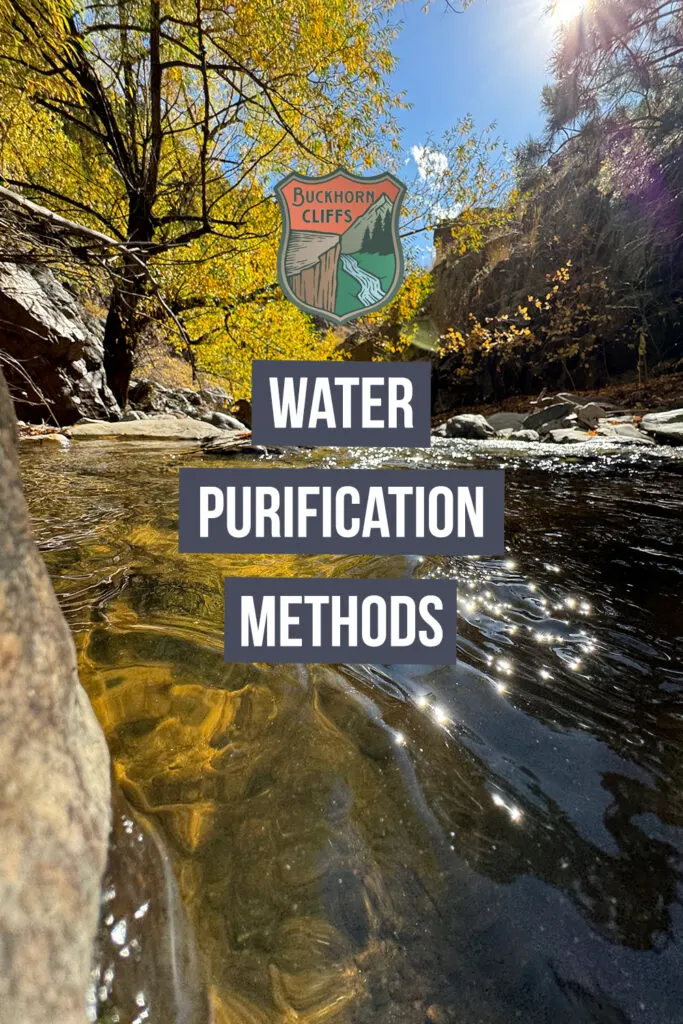

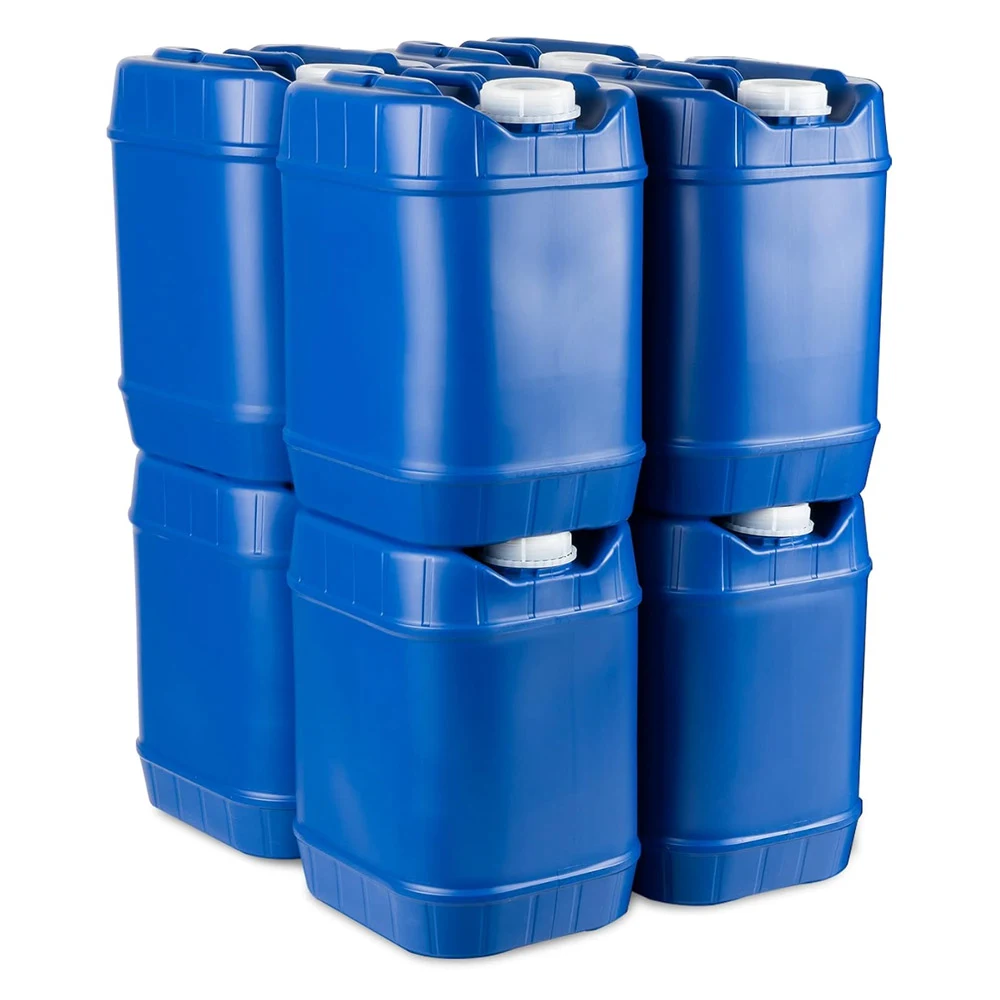
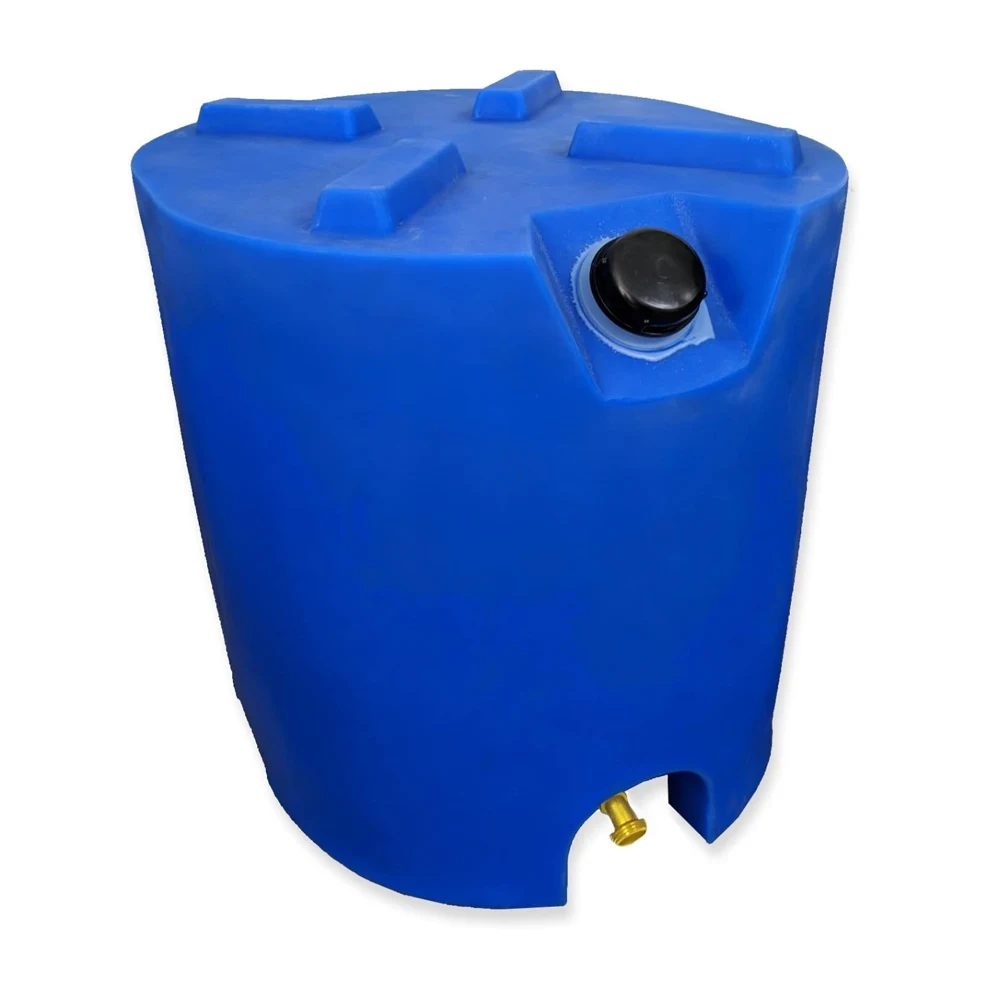
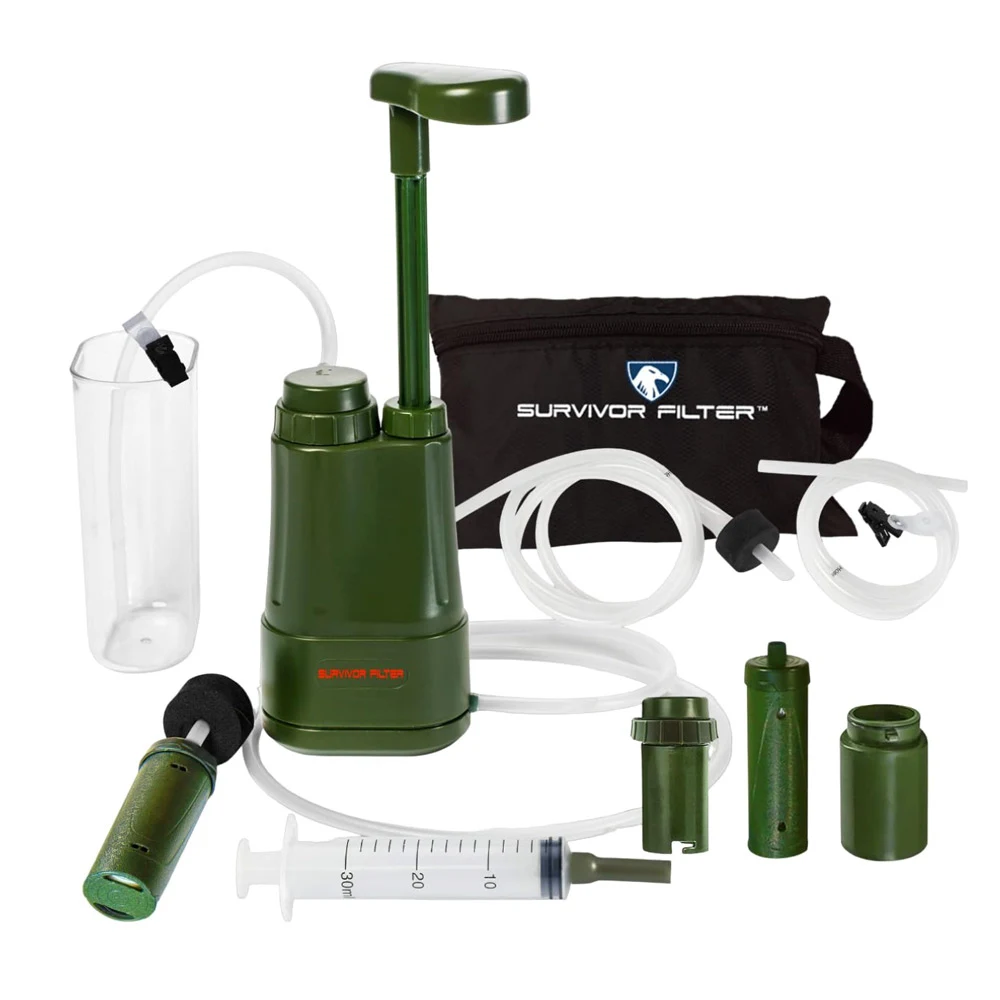
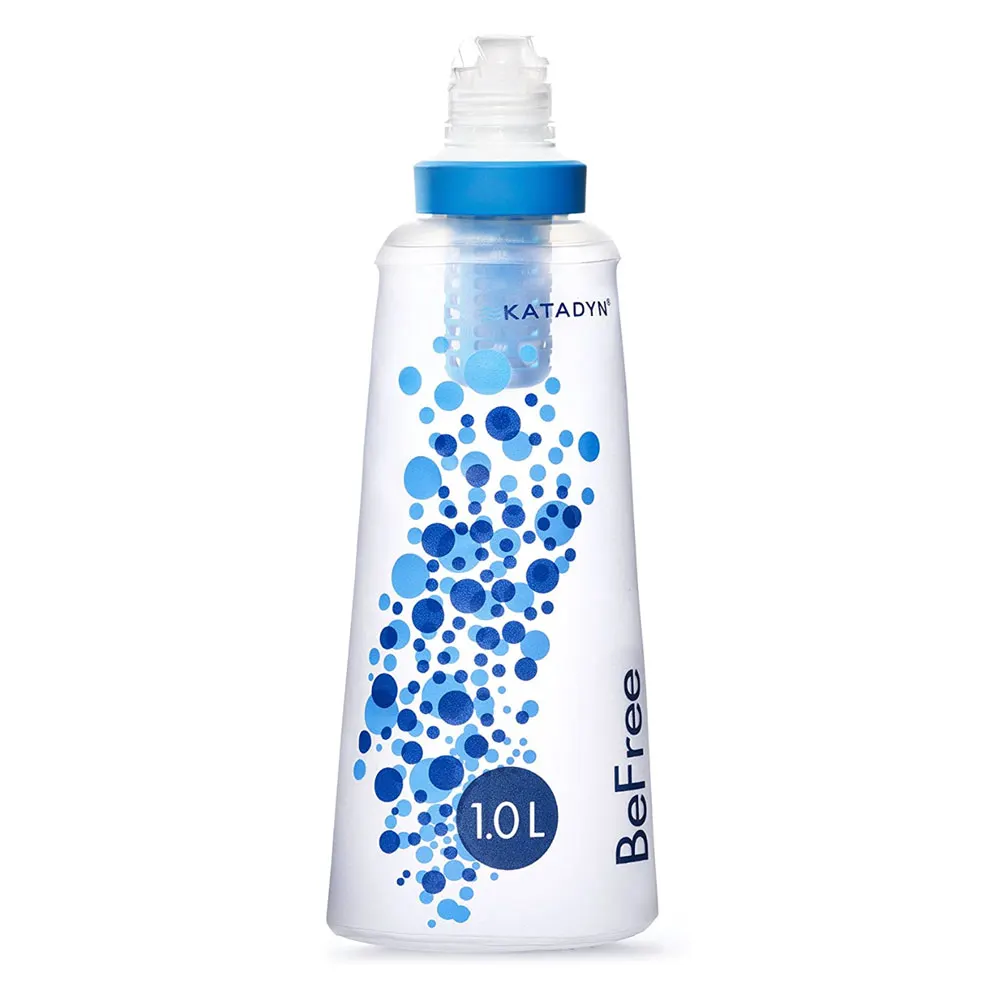
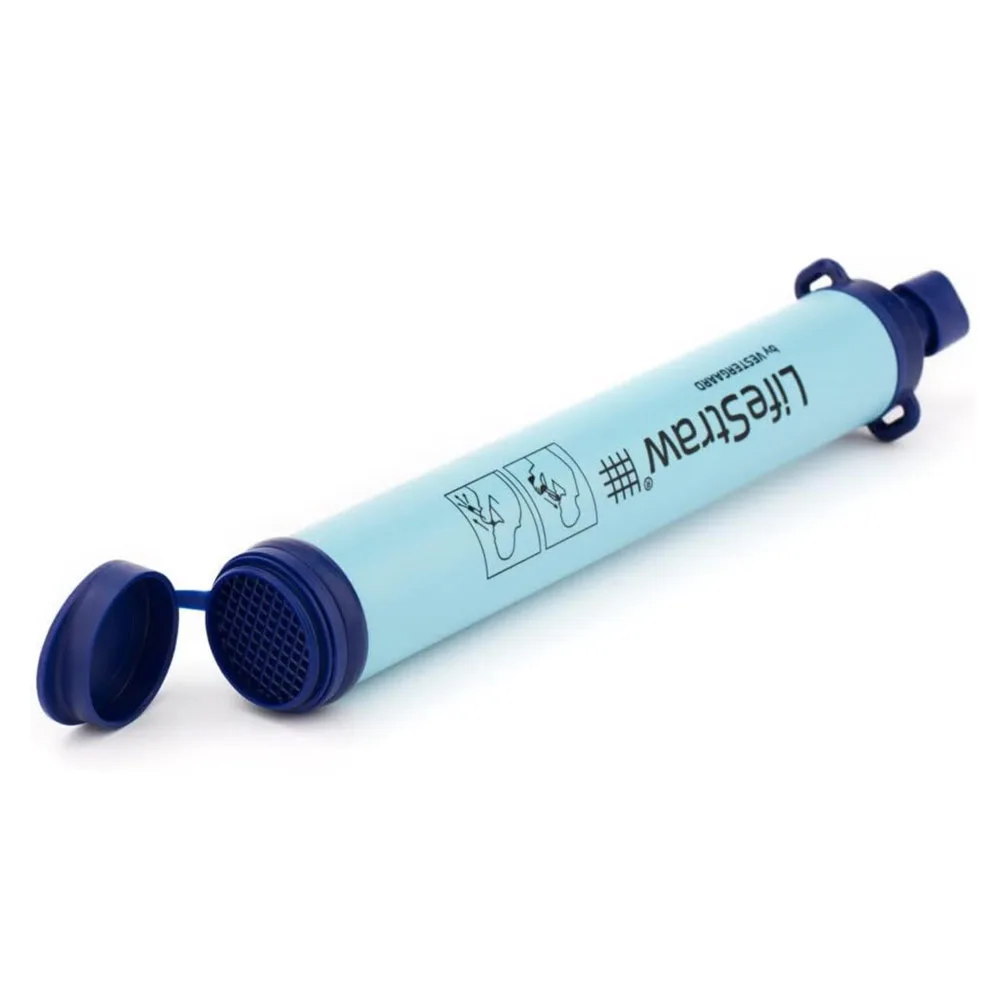

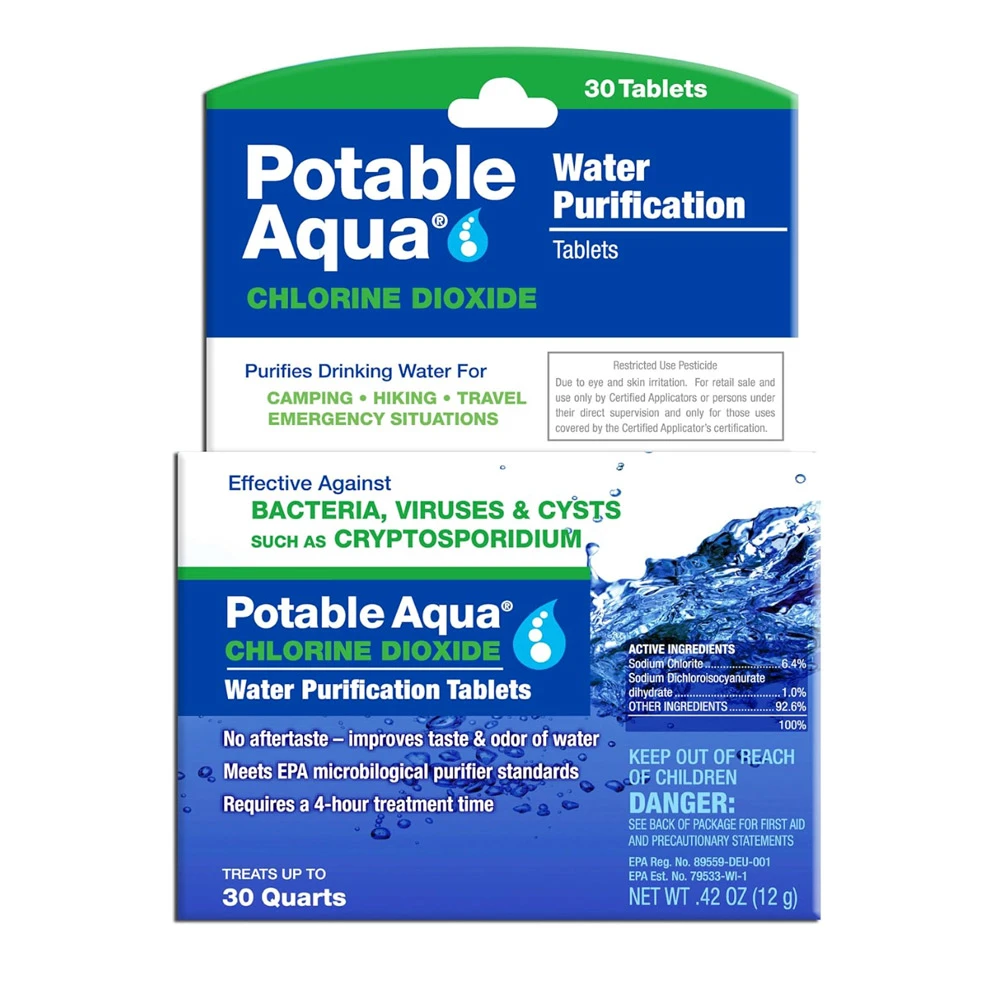
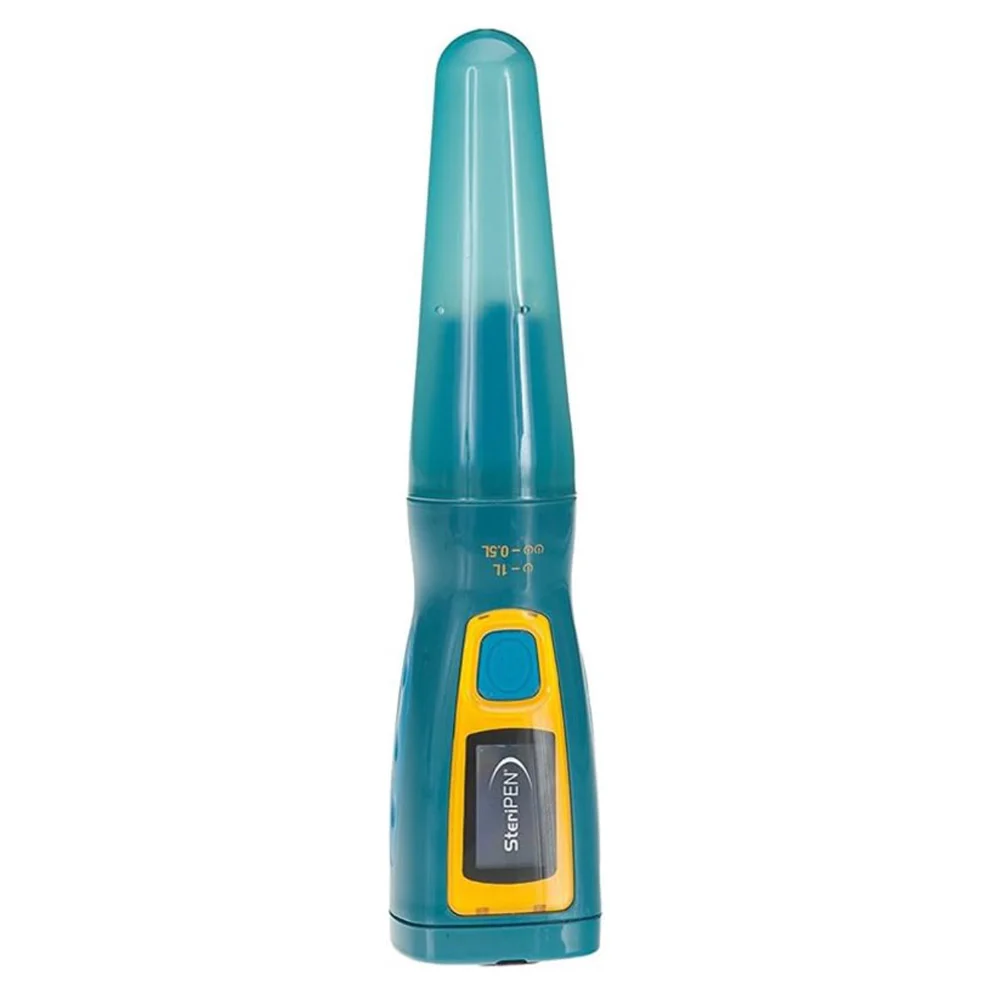
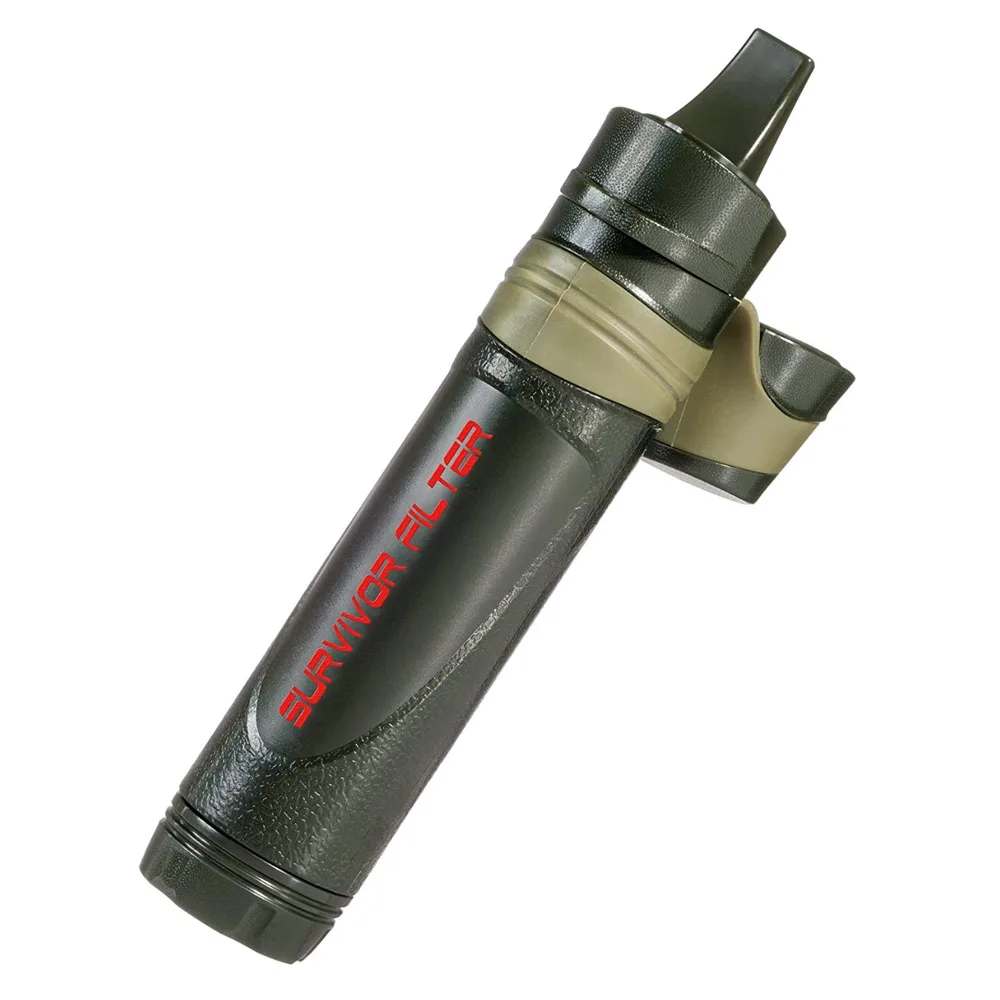
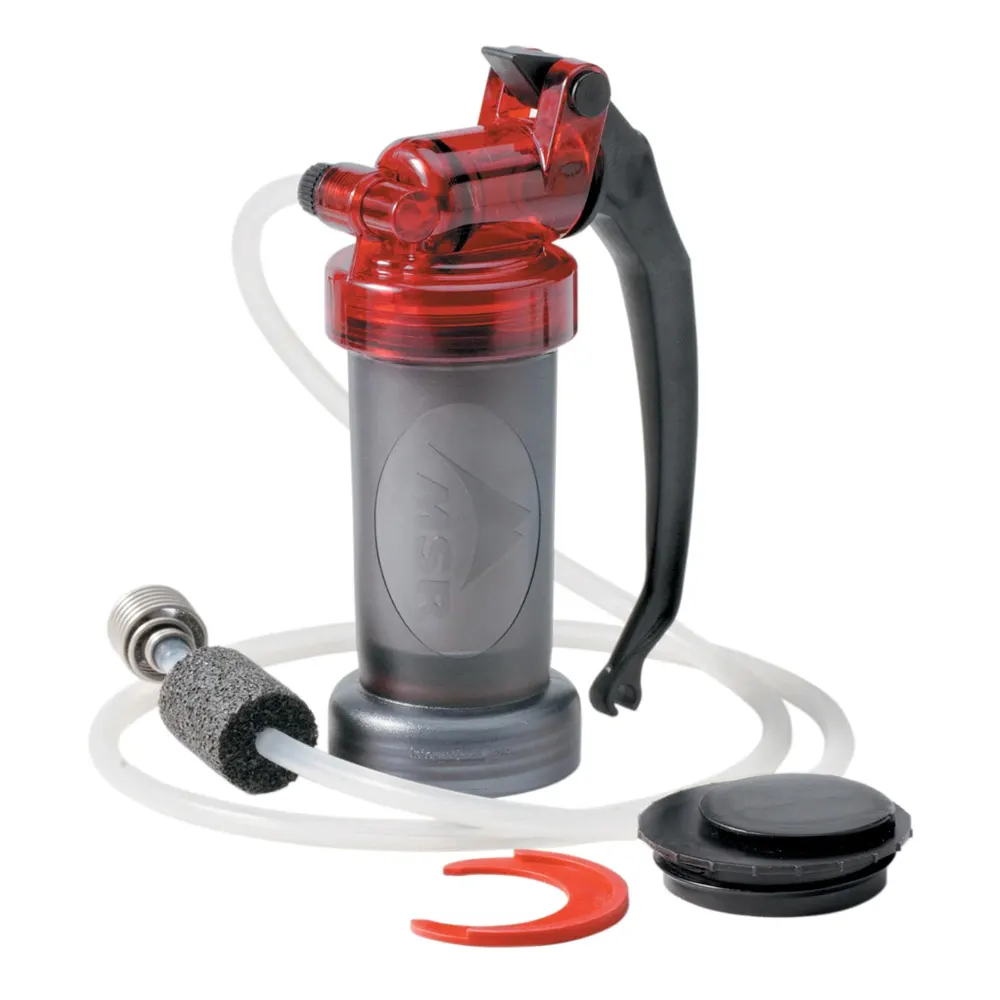
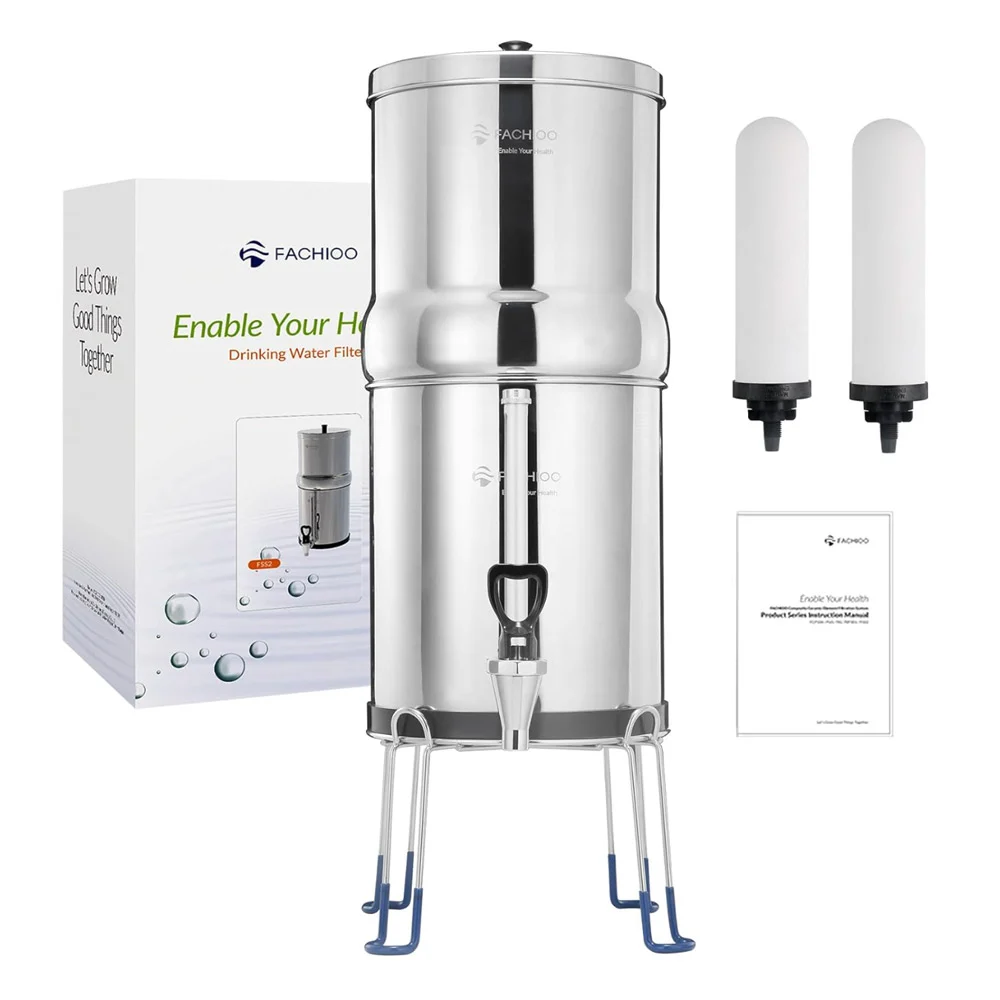
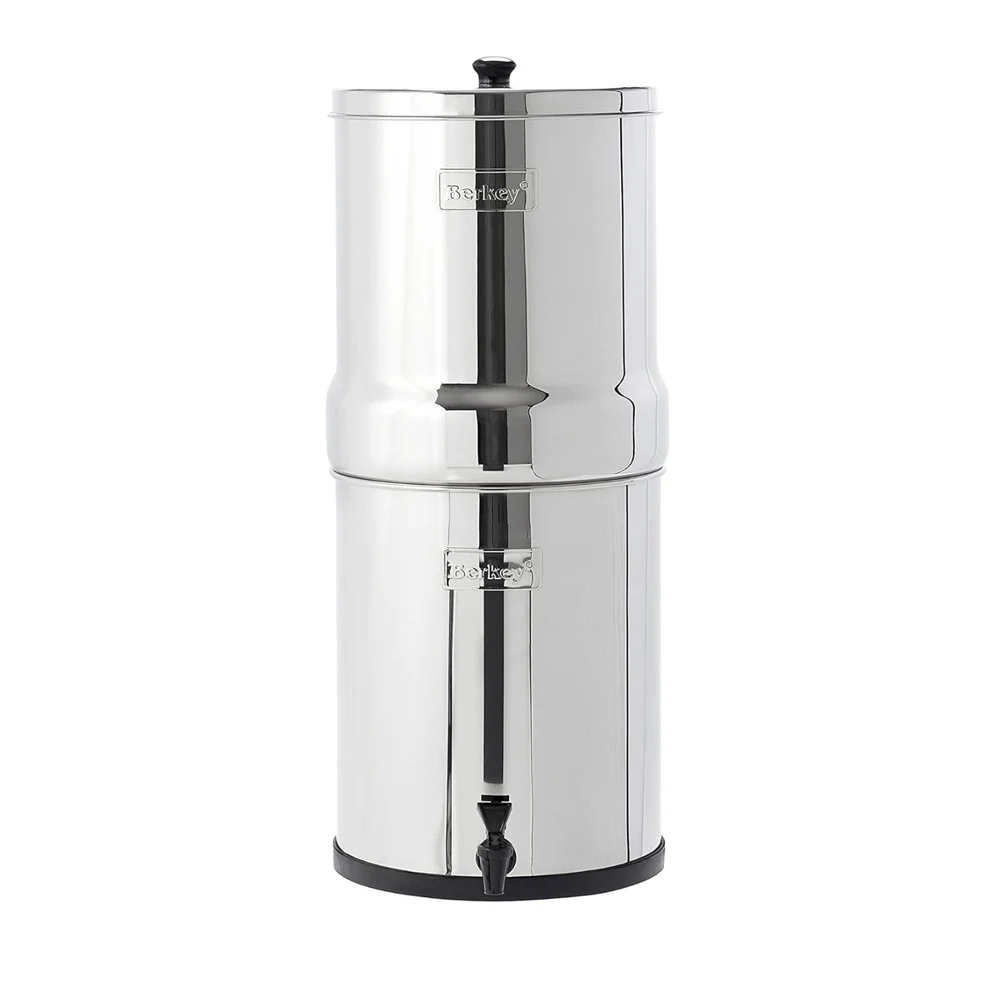
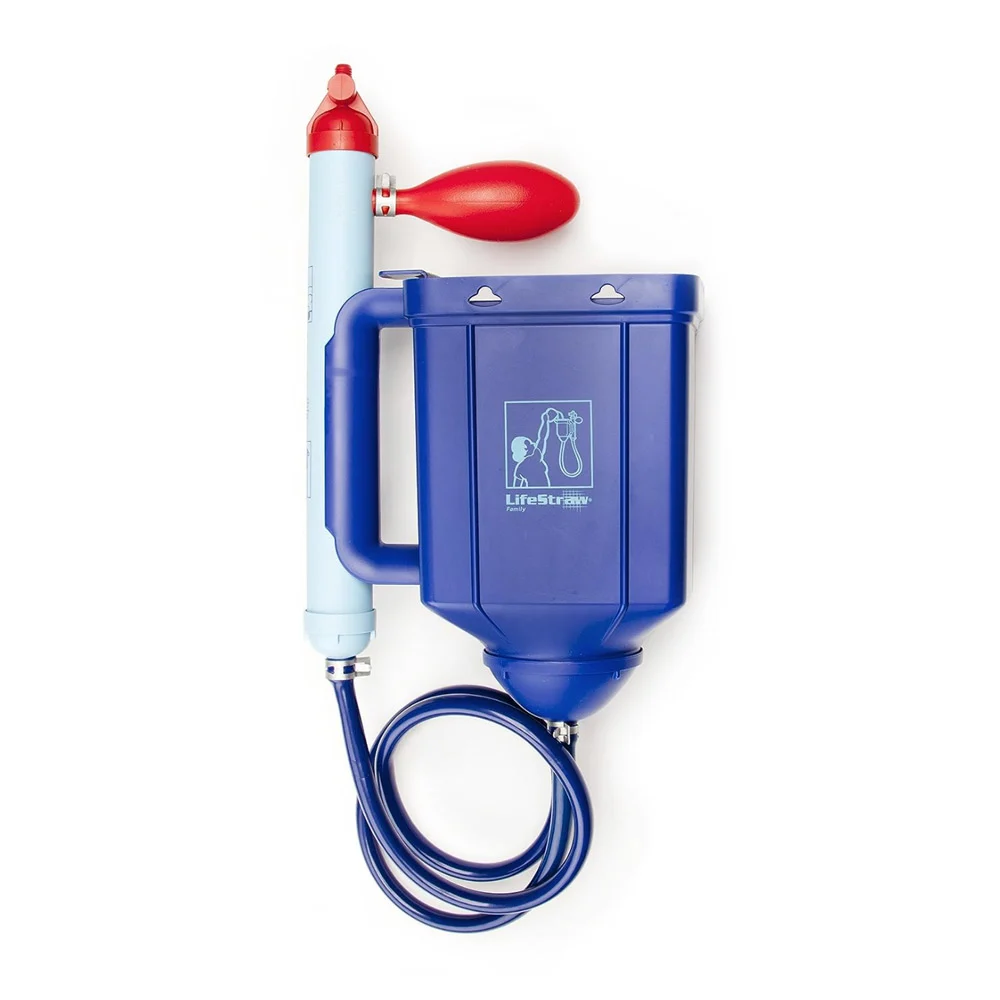
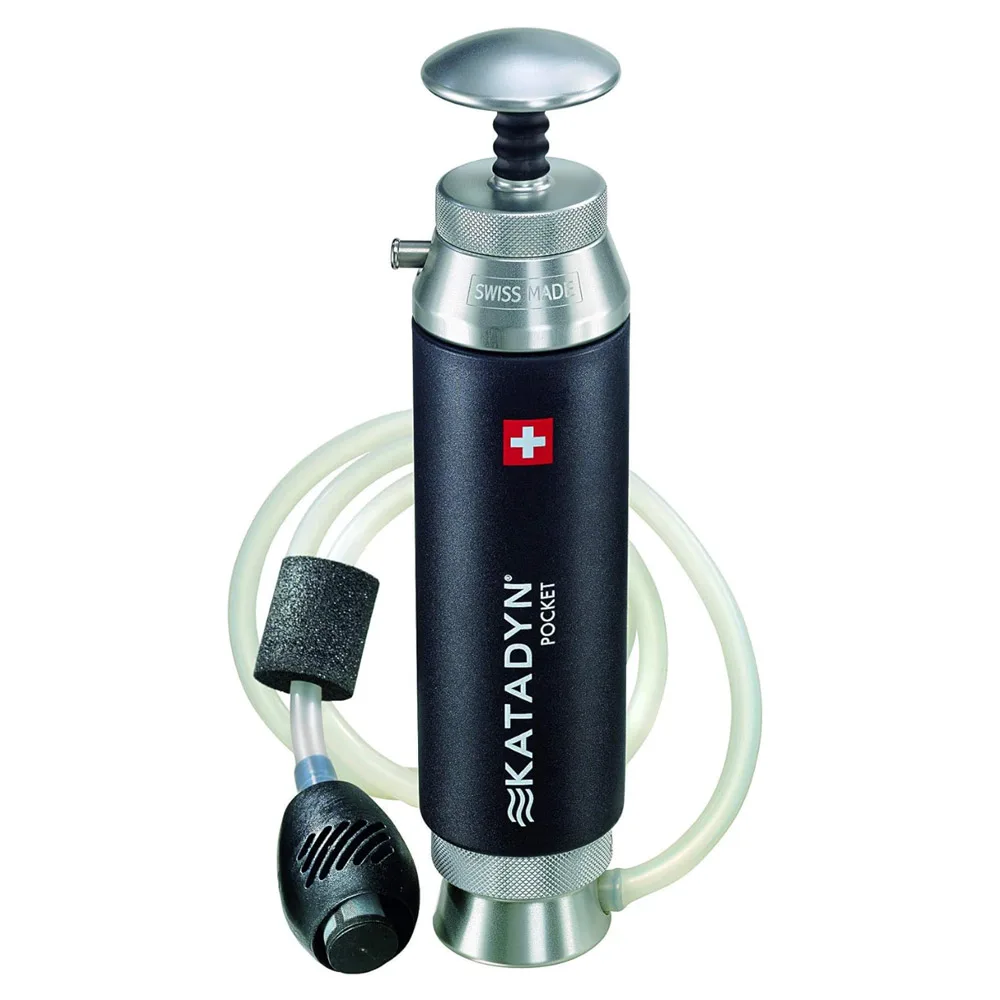
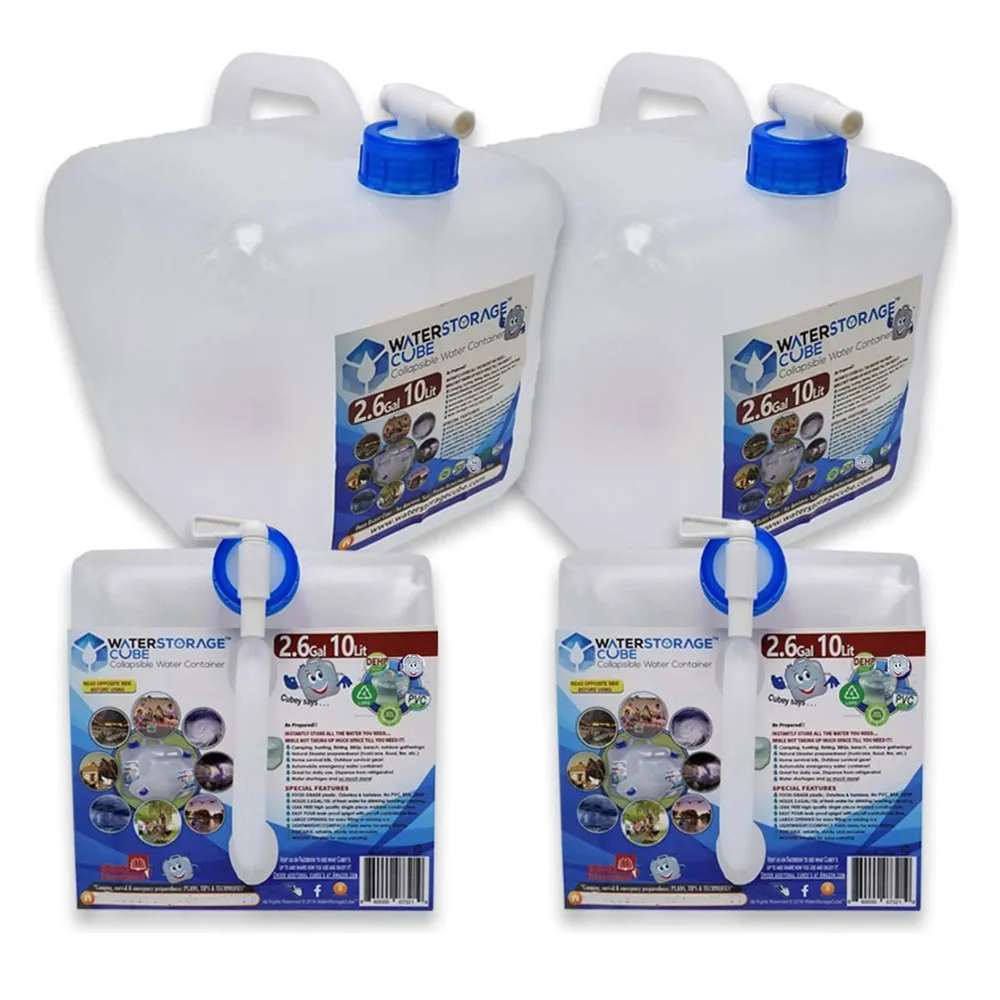
sandy
Friday 5th of January 2024
Any books you recommend that compile your information as a quick referral in an emergency?
Rob Benson
Saturday 6th of January 2024
Working on that but for now, just recommends on useful books here: https://buckhorncliffs.com/books-for-self-reliance/
Thanks!